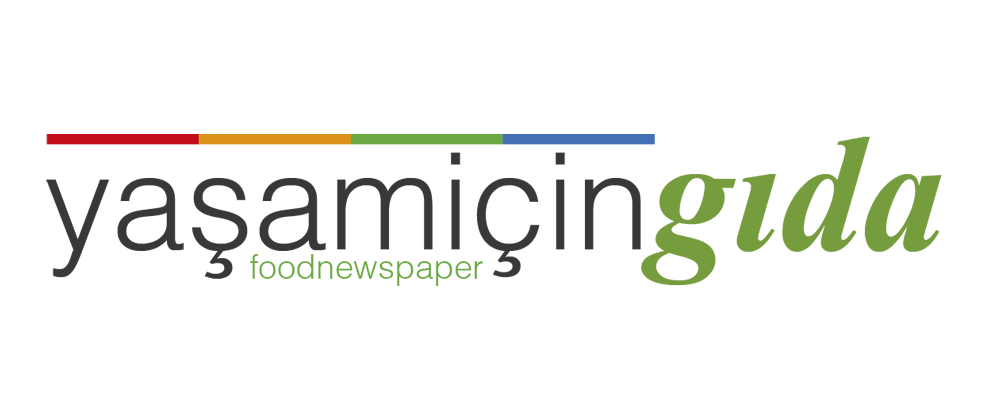Q2 GAAP EPS of $0.81, up $0.31 vs. last year. Continue to expect full-year 2016 EPS growth.
Soren Schroder, Bunge’s Chief Executive Officer, stated, “Second quarter earnings were better than expected due to strong performance in Grains and favorable soy processing mark-to-market, which pulled some earnings forward. Our Agribusiness team and footprint allowed us to manage through a period of significant volatility in both prices and margins. In Food & Ingredients, Milling results were higher in all regions, reflecting better market conditions in Brazil and operational and commercial improvements. Edible Oils grew volumes, but margins continued to be under pressure in Brazil and parts of Eastern Europe. Sugar & Bioenergy results came in as expected with an outlook for a strong second half of the year. Our performance improvement programs have delivered approximately $60 million of savings year-to-date toward the full year estimate of $125 million.
“We continue to expect earnings growth in 2016 with returns on capital well above WACC; however, second half earnings will be weighted to the fourth quarter coinciding with Northern Hemisphere harvests.
“Recently, we announced two joint ventures which combine Bunge’s winning footprint and expertise with the capabilities of strong partners. In Vietnam, we are linking Bunge’s upstream crushing operation to Wilmar’s downstream oil refining and consumer products business and Green Feed’s feed milling and marketing activities. The partnership will increase our operating, marketing and logistics synergies in one of Asia’s fastest growing protein and edible oil markets. In northern Brazil, we announced a partnership with AMAGGI, a leading Brazilian farming and agribusiness company. Both of these partnerships reflect our ongoing strategy of developing joint ventures, alliances and partnerships to pursue growth and to optimize our assets in a capital efficient way.”
Second Quarter Results
Agribusiness
Higher results in the quarter were primarily due to improved performances in Grains, which benefitted from strong growth in destination volumes and solid risk management. Increased margins and volumes in our South American ports & services operations also contributed to the higher results. Grain origination in Brazil was an important contributor to the quarter; however, results were lower than last year due to slower farmer selling from the combination of market volatility and smaller than expected crops. Origination margins in both Argentina and the U.S. remained soft.
In Oilseeds, strong meal and oil demand supported soy crush margins in Brazil and the U.S., but were offset by lower results in Argentina crushing and weaker results in oilseed trading & merchandising. Canadian and European soft seed results remained weak, but the outlook for new crop margins improved. Second quarter results included approximately $40 million of mark-to-market hedging gains related to oilseed processing, which are expected to largely reverse in the third quarter when the contracts are executed.
Results in the quarter included a $12 million pre-tax impairment charge related to the remaining unamortized carrying value of certain patents. Results in the second quarter of 2015 included a $30 million pre-tax reversal of an export tax contingency in Argentina.
Edible Oil Products
Results included a reversal of an approximate $12 million mark-to-market gain which benefitted the first quarter. Higher earnings in the second quarter reflected improved performances in Asia, Canada and Europe. Margins were higher in both India and China, and in Canada we benefitted from strong volume growth in both food service and food processor markets. While results were higher in Europe, the combination of depressed economies and soft consumer demand in parts of Eastern Europe continued to weigh on performance. Volumes in Brazil were strong and have returned to pre-economic crisis levels, but margins remained weak with excess supply of domestic soybean oil from the peak crushing period pressuring retail margins. Results in the U.S. were down from last year as an improvement in packaging was more than offset by weaker refining margins. The second quarter 2015 included a $15 million restructuring charge.
Milling Products
Results in the quarter were higher in all regions compared with last year. In Brazil, volumes benefitted from the contribution of our Pacifico mill and market share gains. Higher margins were driven by favorable raw material sourcing strategies and improved product mix. In Mexico, higher margins were due to improved sales mix and ongoing improvement initiatives. U.S. corn milling saw higher volumes and reduced industrial costs driven by cost initiatives, which more than offset lower margins. Results in rice milling were similar to the prior year.
Sugar & Bioenergy
Results were higher than last year and in line with expectations. Higher results in the quarter were driven by our sugarcane milling operation which benefitted from higher sugar and ethanol prices. Crushing volumes were down from last year due to wet weather; however, this was offset in part by slightly improved ATR. The second quarter is the seasonal low point for ATR yields, when mills produce less sugar and ethanol per unit of sugarcane milled than they will in the second half of the year. Trading & distribution performance was comparable with last year, and results in our biofuel joint ventures were down primarily due to higher raw material costs in Argentina. Results in the quarter were impacted by a $6 million loss from our renewable oils joint venture.
Fertilizer
Higher results in the quarter were driven by improved performance in our Brazilian port operation, which benefitted from higher import volumes. In our Argentine fertilizer business, which is still in the slow season, lower margins more than offset higher volumes.
Cash Flow
Cash used by operations in the six months ended June 30, 2016 was $684 million compared to cash used of $300 million in the same period last year. The year-over-year variance primarily reflects higher inventory due to the increase in soybean prices.
Income Taxes
The effective tax rate for the six months ended June 30, 2016 was 17%. Excluding approximately $39 million of notable tax items, the effective tax rate was 26%. We continue to expect a full-year structural tax rate range of 25 to 29%.
Outlook
Drew Burke, Chief Financial Officer, stated, “Overall, we continue to expect to grow earnings in 2016. In Agribusiness, forward oilseed processing and grain handling margins in North America and the Black Sea are solid, reflecting big harvests and strong demand. The USDA is forecasting global soy meal and oil demand each to grow approximately 7% this year. However, in the near term, slow farmer selling in Brazil and Argentina, due to smaller than expected crops and lower prices, are negatively impacting margins. We also expect the mark-to-market gains we benefitted from in the second quarter to largely reverse in the third quarter.
“In Food & Ingredients, we expect 2016 segment EBIT to be $10 to $30 million higher than last year’s adjusted result of $192 million, primarily driven by our operational and commercial excellence initiatives and recent acquisitions. We have lowered the range of our previous outlook to reflect the continued challenging conditions in certain Edible Oils markets. Milling is on track and should continue to benefit from a very competitive footprint.
“In Fertilizer, there is no change to our outlook, and we continue to expect 2016 segment EBIT to be approximately $30 million higher than last year’s result of $5 million, driven by improved farmer economics in Argentina, which should result in increased purchases of crop inputs.
“In Sugar & Bioenergy, we are entering the seasonally strong period of the year when ATR yields rapidly increase. Our sugarcane milling operations are trending well, and the segment remains on target to grow segment EBIT by $70 to $80 million, assuming normal weather patterns, compared to last year’s adjusted loss of $22 million.”


